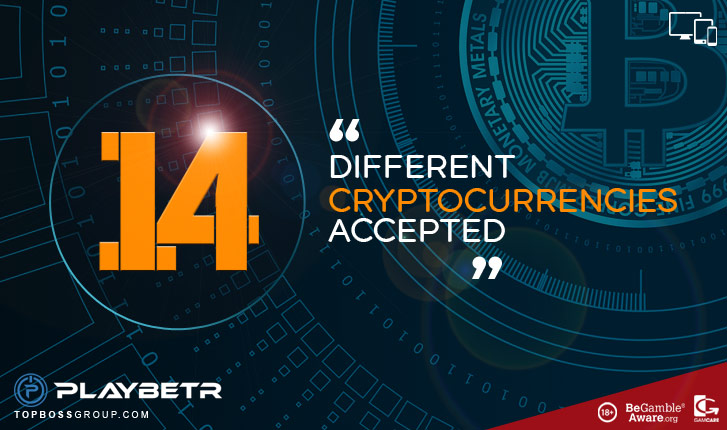Coino Cryptocurrency
In this guide, you’ll learn the basics as well as the benefits of staking.
Proof of Stake
A cryptocurrency is a type of digital or virtual currency that doesn’t need to exist in a physical form to have value. These days cryptocurrencies have become extremely popular due to their decentralized exchange system between peers, making it essential for everyone to stay up to date with latest cryptocurrency news today. Get all cryptocurrency prices and rates of today. View live values of Bitcoin, Ethereum and thousands more. All cryptocurrency prices All coins. All coins Best & worst DeFi New coins USD. 24 hours 7 days 30 days 1 year 5 years Market cap. Market cap 24h trade volume Cryptocurrency Price Market Cap.
On the currency market, there is a larger trade volume than on the credit or the stock market. For decades, the most important base currencies of the world have been the U.S. Dollar, the euro, the. A new clarification from the Internal Revenue Service (IRS) indicates that buying and holding cryptocurrency with government-issued money does not need to be reported on the 1040 form. Last December, the tax authority announced it would move its crypto question to the top of the 1040 form. With a brokerage, however, there is no “other person” - you come and exchange your crypto coins or fiat money with the platform in question, without the interference of any third party. When considering cryptocurrency exchange rankings, though, both of these types of businesses (exchanges and brokerages) are usually just thrown under the.

Proof-of-stake (PoS) is an alternative consensus algorithm to Bitcoin’s proof-of-work (PoW). Unlike mining, which requires massive electrical power to validate transactions, staking is a more eco-friendly process.
When staking tokens, an individual locks their tokens into their chosen PoS blockchain. The tokens are used to achieve consensus, which is necessary to keep the network secure whilst validating every new transaction on the blockchain.
By offering up their tokens, “validators” are rewarded with new coins from the network. These rewards are proportionate to the number staked; the higher the number staked, the greater the validation power.
Many Proof-of-Stake proponents believe that PoS is more secure than PoW as it requires a lot of resources to hijack the network. A hijack is only possible if 50% of the network’s validators become compromised, and purchasing tokens to stake 50% of a network is vastly more expensive than seeking control through a PoW consensus mechanism.

In addition, purchasing coins will cause the price to inflate, and as such, purchasing the required amount to take over a network through staking is far more expensive than PoW, and therefore, (in theory) more secure.
Popular coins to stake:
- Tezos (XTZ)
- Cosmos (ATOM)
- Cardano (ADA)
- Polkadot (DOT)
- Synthetix Network (SNX)
- Ethereum (ETH) (coming soon)
With no special equipment needed, staking coins has little to no overhead costs. However, there is a minimum number of coins required for staking, which certainly brings the coss up, and in the most extreme cases may be almost as costly as PoW mining.
Overall, staking is still cheaper than mining. It’s also considered to be a less risky investment if things don’t work out as you can always sell your coins back, or wait for their value to rise.
Take a look at our list of last year’s most profitable coins to stake.
How to Stake Coins
To start staking cryptocurrency, you need to follow these five steps:

1. Choose a coin to stake
There are a lot of PoS coins available on the market. One can surf the web and decide which coins they want to stake.
2. Download the wallet
A software wallet is essential to the staking process as it is where you store the funds used for staking. Simply go to the website of the coin you want to stake and download the wallet.
3. Determine the minimum requirements
Some PoS networks have a minimum number of coins required in order to stake. Tezos requires 10,000 XTZ, while Ethereum plans to start with 32 ETH. Although, there are also coins like ATOM and ADA that have no required minimum.
Casino Cryptocurrency
4. Decide what hardware to use
Most staking schemes require a validator (staker) to be connected to the network 24/7. Therefore, you need a device that has uninterrupted internet access. A standard desktop computer would do well, ideally one with low power costs as it needs to run around the clock. Alternatively, a raspberry pi could even do the job and might save electricity. You can also take advantage of virtual private servers (VPS); running on the cloud adds a lot of convenience for the staker as it removes maintenance hassles.
Yuan Coin Cryptocurrency
5. Start staking
After your wallet is set up, you can begin the staking process. Be sure to be connected to the internet at all times, unless you’re using a VPS. At this point, all that’s left to do is occasionally check in on your node to ensure everything is running smoothly.

The STAKEaway
Price Of Bitcoin
Staking is considered as a cheaper and easier way to be involved in the validation process of a blockchain network. It’s also an environmentally friendlier means of potentially earning a passive income in digital assets.
Related Articles:
For daily updates on the digital asset markets, subscribe to Bitcoin Market Journal today!